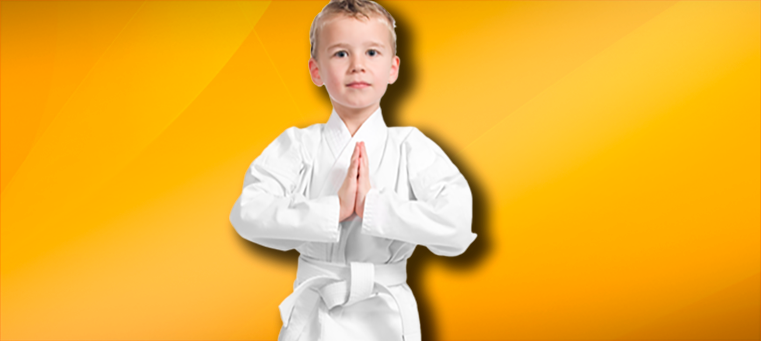This article is about how children’s Martial Arts programs teach kids self-control and self-discipline.
Kids’ Karate at Krav Maga Illinois
Parents bring their children to our unique Karate program for a variety of reasons. Our Martial
Arts programs motivate and lead youngsters to slim down, improve their body image, and increase self-esteem. Martial Arts bolsters their self-worth and helps them learn to become opinion leaders,to resist bullying, and to have confidence in themselves. Most importantly to some parents, our Krav Maga Illinois children’s program is a fun and effective means of teaching better self-discipline.
Studying Martial Arts in Chicagoland is hard work for anyone. Steady improvement requires pushing one’s self to surpass previous boundaries, whether physical, mental, or otherwise. Our Karate program for kids is an excellent means of instilling appreciation for the results that focus, sincere effort, and perseverance can achieve. Many kids come into our school lacking focus or direction. Some have had minor disciplinary issues at home or school. Kids’ Karate teaches even the most rambunctious to use good manners, follow reasonable rules, give and receive respect, and get along well with others.
Martial Arts are physical disciplines as well as mental. To progress to the next rank or level, one must genuinely apply himself or herself on a regular basis, thereby creating a “good” habit. For students to do well in our kids’ Karate program, they must act with focus and determination which many have never before experienced. Many parents happily observe that, after some time in our Martial Arts program for children, their once misbehaved or discourteous kids begin to carry their new-found focus and determination into other areas of life such as their school work.
Krav Maga Illinois offers a curriculum imbued not only with Martial Arts techniques, but also containing a series of valuable life skills. This system was developed in order to help children develop wholesome, productive values such as respect, courtesy, self-discipline, self-esteem, self-confidence, and listening skills. Results commonly observed by parents whose children participate in the kids’ Karate program include improved grades at school and better social skills when interacting with their peers (such as bullying prevention and peer pressure resistance), siblings, and grown-ups.
Our Martial Arts for children program assists students in three fundamental areas off the martial arts mat: at home, at school, and in social settings. We also invite parents to create their own “wish list” to better allow our instructors to target specific problem behaviors and help minimize or eliminate them. And while our kids program is ideal for teaching kids discipline, most kids stay in the program because it is fun.
If you would like to find out more about how our kids’ Karate program can help empower your child with exemplary self-discipline, call today or complete the contact form and we’ll call you!

